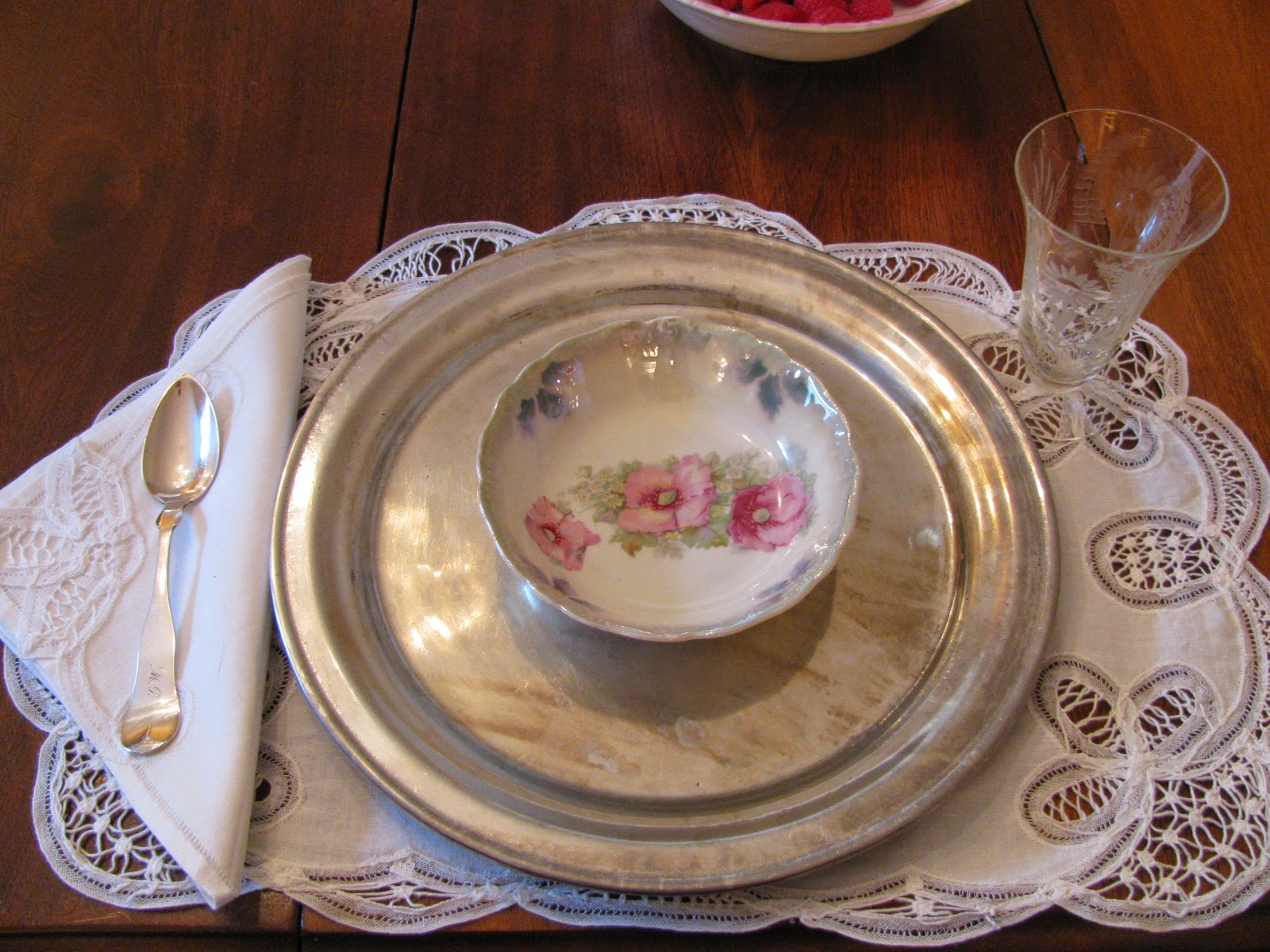In 1872 Samuel Weller of Zanesville, Ohio began Weller Pottery. He purchased Lowhoudan Pottery in 1895 and renamed it Louwelsa, which became Weller Pottery's most popular line and ultimately included over 500 different shapes of vases and bowls. Charles Upjohn joined as Arts Director and introduced Dickens Ware before leaving the company in 1904. Weller hired Jacques Sicard in 1902, who developed the Sicard line which continues to be one of Weller's most sought after patterns to date. Although Weller Sicard production ended in 1907, by 1906 there were countless hand decorated lines at Weller including Art Nouveau, Aurelian, Eocean, Etna, and Modeled Matte to name a few. By the 1920's many hand decorated lines were discontinued and production shifted to commercial art pottery which included Blue Drapery,
Hudson, Knifewood, LaSa, Louella, Glendale, and Warwick. High quality Weller pottery was produced well into the 1930's with lines such as Bonito, Chase, Geode, Raceme, Sabrinian and Stellar. By 1939 Weller abandoned hand decoration and produced only molded pottery.
The Weller Pottery company ceased production altogether in early 1948.
Happy Hunting!



































